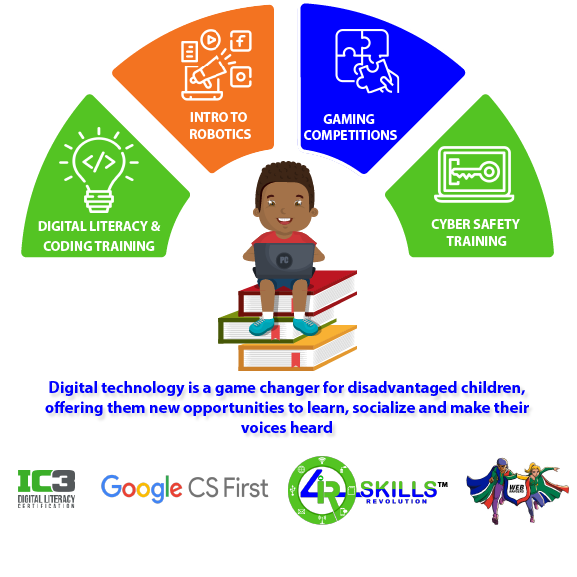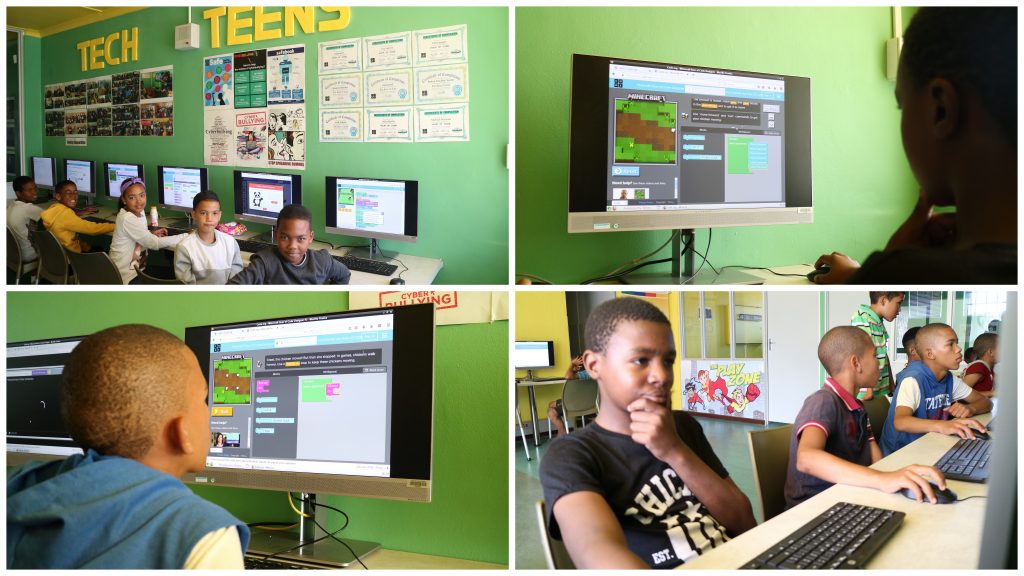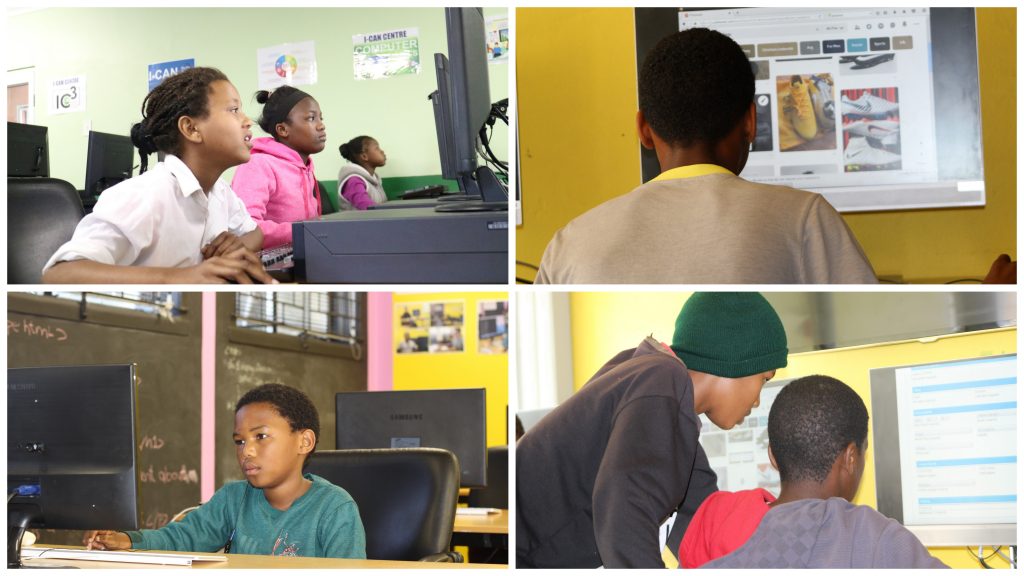
Many pupils lack problem-solving and computational skills, which results in poor performance in high-level thinking situations related to subject matters. When kids are introduced to coding, they gain appreciation in how digital technology process information. Currently, digital technology is a big part of many kids’ lives, as they are surrounded by smart phones, video games, video entertainment, websites, and even robots. What drives these technologies are software or computer programs that are created through block-based or object oriented coding or programming. Like learning about biology and chemistry, it is important for kids to understand the building blocks of functional systems. According psychologist Jean Piaget, cognitive development is a process which occurs due to biological maturation and interaction with the environment. Kids interacting with the technological environment will automatically adapt and embrace a genre of learning. Eventually, children will form their adolescent identity in engaging with technology.

They need to realize that what happens when they use technology is not magic, and they themselves can create programs that can be useful. But knowing what happens under the hood of modern technology is just one of the benefits of learning to code for kids and students. Coding (also called programming or developing) is telling a computer, app, phone or website what you want it to do. Some educators and experts are calling it the ‘new literacy’—a subject so important that every child needs to know the basics to excel in our rapidly changing world. As kids are introduced to technology at a very young age, therefore value driven projects (cyber bullying / netiquette) are instilled to ensure the balance between the virtual world and real world are well understood and implemented.

Digital technology can be a game changer and equalizer for disadvantaged children, offering them new opportunities to learn, socialize and make their voices heard – or it can be yet another dividing line. Millions of children are left out of an increasingly connected world. As digital technology rapidly evolves, so can the risks children face online – from cyberbullying to misuse of their private information and to online sexual abuse and exploitation.
Digital technology carries immense potential to solve some of the developmental challenges faced by children. On the other hand, the negative consequences of the digital wave threaten the privacy of children who may not be equipped with levels of digital literacy necessary to assess as well as adopt measures of protection.”
More digital devices, online platforms and applications will become available for children’s use. The Internet of Things, artificial intelligence and machine learning are here to stay, creating new opportunities but also new challenges. According to UNESCO, the volume of open educational resources (OERs) – materials in the public domain or introduced with an open license and thus freely usable by anyone – has increased significantly in recent years, providing a strategic opportunity to improve the quality of education and facilitate policy dialogue, knowledge sharing and capacity-building for all.

4IR Projects Implemented
Digital Literacy & Coding Training
Intro to Robotics Gaming Competitions
Cyber Safety Training